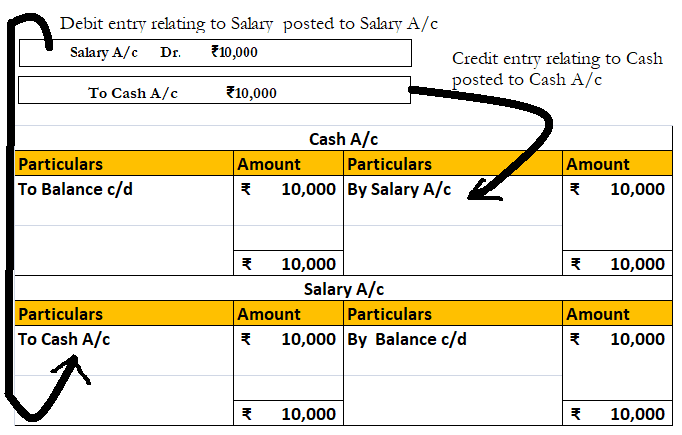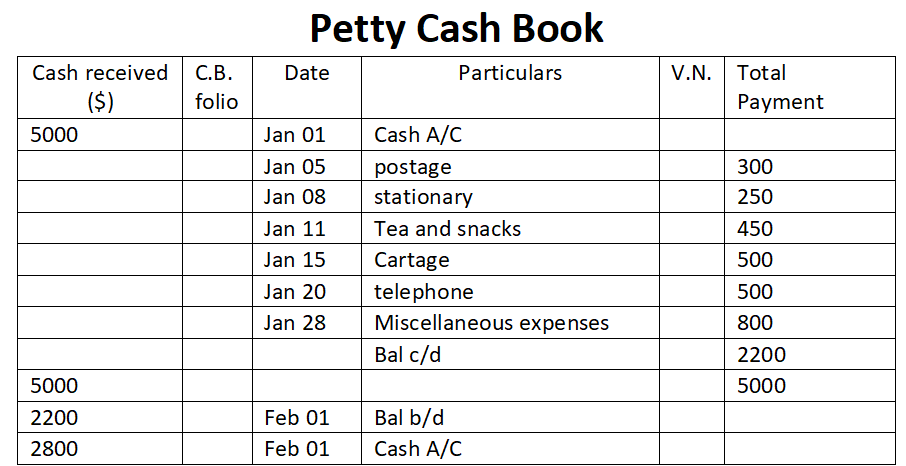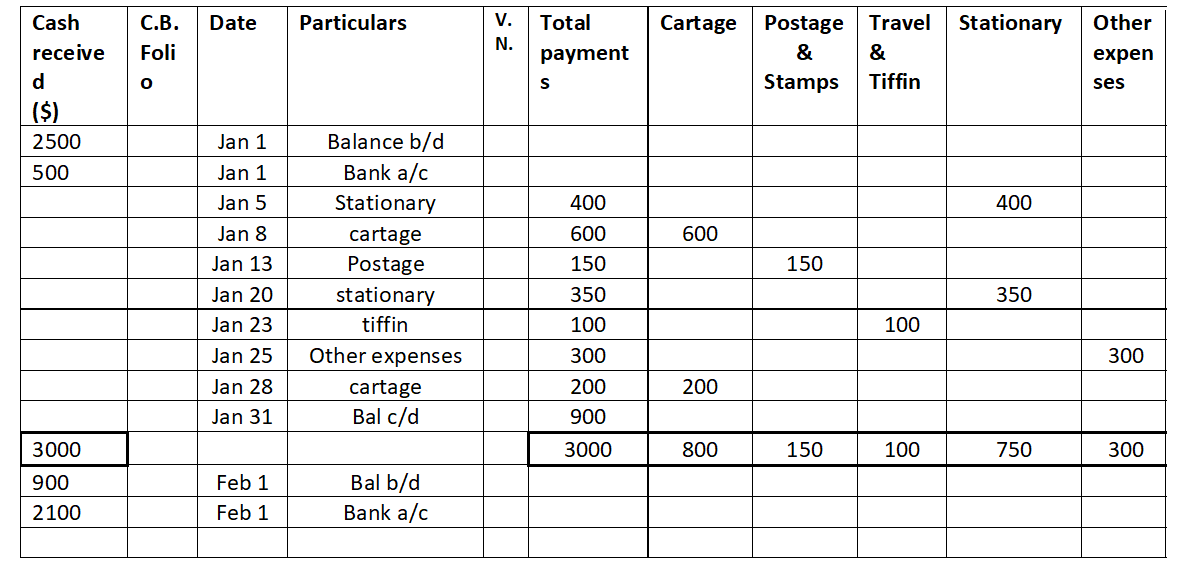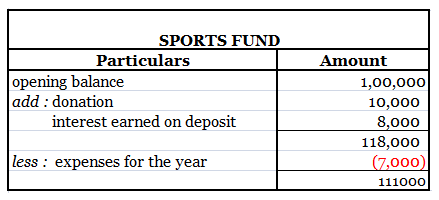The term "principal book of accounts'' refers to the set of ledgers that an entity prepares to group the similar transactions recorded as journal entries under an account. So to put it simply, the principal book of accounts mean ledgers. Ledgers are prepared by posting the debits and credits of a joRead more
The term “principal book of accounts” refers to the set of ledgers that an entity prepares to group the similar transactions recorded as journal entries under an account.
So to put it simply, the principal book of accounts mean ledgers.
Ledgers are prepared by posting the debits and credits of a journal entry to the respective accounts.

A ledger groups the transactions concerning the same account. For example, Mr B is a debtor of X Ltd. Hence all the transactions entered into with Mr. will be grouped into the ledger Mr B A/c in the books of X Ltd.
Ledgers are of utmost importance because all the information to any account can be known by its ledger.
Preparation of ledger is very important because all the information to any account can be known by its ledger. Ledgers also display the balance of each and every account which may be debit or credit. This helps in the preparation of the trial balance and subsequently the financial statements of an entity.
Hence, it is the most important book of accounts and calling it the ‘books of final entry’ is also justified.
See less









Outstanding Income is the income that is due and is being earned but not yet received. The person/ firm has the legal rights to receive that part of the income which it has earned. Outstanding Income is an Asset Account for the business/ the person. According to the modern approach, for Asset AccounRead more
Outstanding Income is the income that is due and is being earned but not yet received. The person/ firm has the legal rights to receive that part of the income which it has earned.
Outstanding Income is an Asset Account for the business/ the person.
According to the modern approach, for Asset Account:
So the journal entry will be-
For Example, Mr. Rashid works as a laborer in a factory and he earns wages @Rs 500/day.
So by the end of the week, he receives a payment of Rs 3000 of Rs 3500 i.e. he receives payment of 6 days instead of 7 days. So here Rs 500 would be an outstanding income of Mr. Rashid as he has earned that income but has not received it yet.
Journal Entry –
Another example, Yes Bank gave a loan of Rs 10,00,000 to company Ford @ 10% as interest payable monthly. The interest for one month i.e. Rs 1,00,000 has not been received by Yes Bank which is being due. So it will be outstanding income for Yes Bank since it is due but not yet received.
Journal entry-
Accounting Treatment for Outstanding Income-
The Outstanding Income is shown on the credit side of the income statement as the income is earned for the current year but not yet received.
Outstanding Income is an Asset for the business and hence shown on the Assets side of the balance sheet.
See less